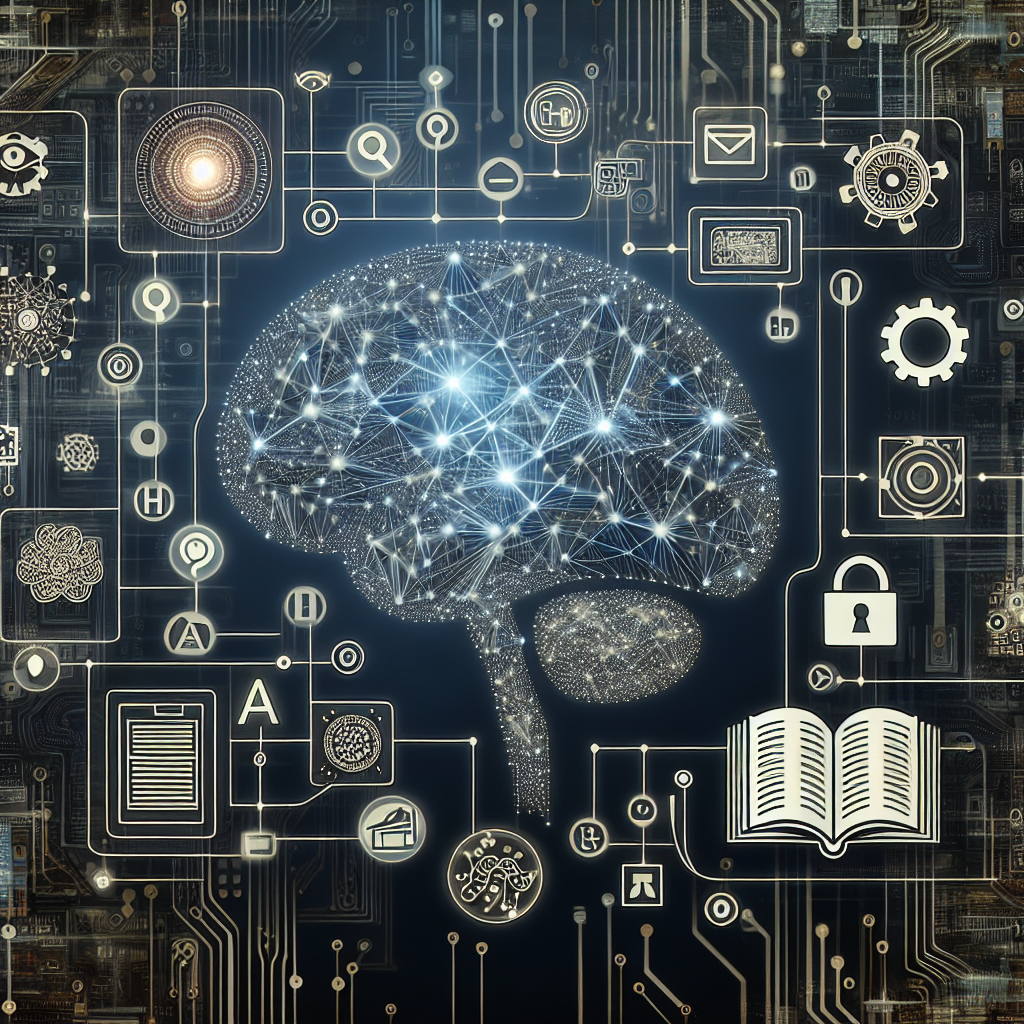The Future of AI Solutions in Natural Language Generation
Artificial Intelligence (AI) has made significant advancements in recent years, particularly in the field of Natural Language Generation (NLG). NLG is the process of generating human-like text from data, enabling machines to write in a way that appears to be written by a human. This technology has a wide range of applications, from content creation to customer service to data analysis. As AI continues to evolve and improve, the future of NLG looks promising. In this article, we will explore the current state of AI solutions in NLG and discuss the potential future developments in this field.
Current State of AI Solutions in NLG
The current state of AI solutions in NLG is quite advanced, with several companies offering NLG tools that can generate high-quality human-like text. These tools use machine learning algorithms and natural language processing techniques to analyze data and generate text that is coherent and grammatically correct. Some popular NLG tools include OpenAI’s GPT-3, Google’s BERT, and IBM’s Watson.
These tools are being used in a variety of industries, including journalism, marketing, and customer service. For example, news organizations are using NLG tools to automatically generate articles on sports events, financial news, and weather reports. Marketing agencies are using NLG tools to create personalized content for their clients, while customer service departments are using NLG tools to generate responses to customer inquiries.
Future Developments in NLG
As AI technology continues to evolve, we can expect to see several future developments in NLG. Some of the potential advancements include:
1. Improved Language Understanding: One of the key challenges in NLG is ensuring that machines understand the nuances of human language. Future developments in NLG will focus on improving language understanding capabilities, enabling machines to generate text that is more accurate and contextually relevant.
2. Personalized Content Generation: AI solutions in NLG will become more personalized, allowing businesses to create content that is tailored to individual preferences and needs. This will enable companies to engage with their customers more effectively and drive higher conversion rates.
3. Multilingual Support: Future NLG tools will have improved multilingual support, allowing businesses to create content in multiple languages with ease. This will be particularly beneficial for companies operating in global markets and looking to reach a diverse audience.
4. Real-time Generation: AI solutions in NLG will become faster and more efficient, enabling businesses to generate content in real-time. This will be particularly useful for news organizations, social media platforms, and e-commerce websites that need to generate content quickly to keep up with the pace of the digital world.
5. Enhanced Creativity: Future NLG tools will have enhanced creativity capabilities, enabling machines to generate text that is more engaging and compelling. This will be particularly useful for content creators, marketers, and advertisers looking to stand out in a crowded digital landscape.
FAQs
Q: How accurate are AI solutions in NLG?
A: AI solutions in NLG have made significant advancements in recent years, with tools like GPT-3 and BERT generating text that is highly accurate and indistinguishable from human-written text. While there may still be some errors and limitations in NLG technology, the overall accuracy of AI solutions in NLG is quite high.
Q: Can NLG tools be used in all industries?
A: NLG tools can be used in a wide range of industries, including journalism, marketing, customer service, and data analysis. However, the effectiveness of NLG tools may vary depending on the specific industry and use case. It is important for businesses to evaluate their needs and requirements before implementing NLG tools.
Q: How can businesses benefit from using AI solutions in NLG?
A: Businesses can benefit from using AI solutions in NLG in several ways, including increased efficiency, improved customer engagement, and personalized content creation. NLG tools can help businesses generate content quickly and at scale, enabling them to reach a larger audience and drive higher conversion rates.
Q: What are the potential challenges of using AI solutions in NLG?
A: Some potential challenges of using AI solutions in NLG include ensuring data privacy and security, overcoming bias in machine-generated text, and maintaining quality control. It is important for businesses to address these challenges and implement best practices when using NLG tools to ensure successful outcomes.
In conclusion, the future of AI solutions in Natural Language Generation looks promising, with continued advancements in language understanding, personalized content generation, multilingual support, real-time generation, and enhanced creativity. Businesses that leverage AI solutions in NLG will be able to create engaging and compelling content that resonates with their target audience, driving higher engagement and conversion rates. As AI technology continues to evolve, we can expect to see even more innovative developments in NLG that will revolutionize the way we create and consume content in the digital age.

